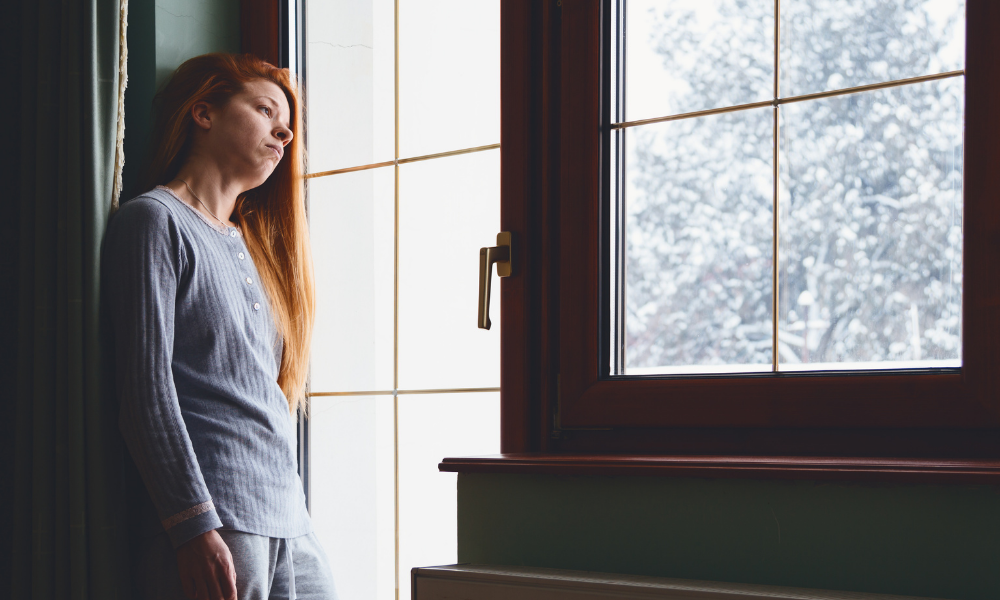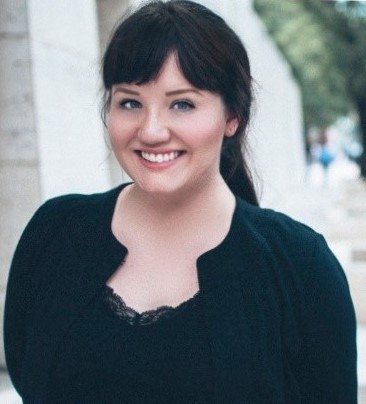BLOG
Struggling with Seasonal Affective Disorder? Here Is How to Curb Its Impacts on Your Life
Back to the blog
Many college students love this time of year. Between picturesque winter landscapes, holidays like Christmas, Hannukah, and Kwanzaa, and – ahem – winter break, it’s easy to see why this happy, extended period of time makes for the perfect build-up to the spring semester. Yet, if you struggle with seasonal affective disorder, or SAD, you know that winter can come with its own unique set of challenges.
According to Mayo Clinic, seasonal affective disorder is a type of depression that changes with the seasons. SAD is most likely to occur in the fall and winter months, when it’s colder and darker outside, but it can hit you anytime of year. SAD is characterized by many depressive symptoms, including a loss of interest in your favorite activities, low energy, sleeping problems, changes in your appetite or weight fluctuations, difficulty concentrating, and feelings of hopelessness.
Though you might feel like you’re alone in experiencing SAD, you’re actually not. It’s estimated that 10 million Americans experience seasonal affective disorder, and another 10 to 20 percent of people are believed to experience mild, potentially undiagnosed SAD. So, you’re in good company with many other smart, talented, and hard-working American people, who also happen to suffer from SAD. You’ve also got options, when it comes to mitigating the effects of this seasonal disorder. Read on to learn a few of uCribs’ favorite tricks for reducing SAD’s impact on your life.

Eat well and exercise.
No surprise here – it seems like just about every condition under the sun can be improved with good, old fashioned diet and exercise, and seasonal affective disorder isn’t any different! You should know, though, that unbalanced serotonin levels, which are common in SAD patients, can make you crave sugary, unhealthy foods. That being said, getting your symptoms under control with a healthy lifestyle is 100 percent doable. In fact, eating well and exercising regularly is scientifically proven to help SAD symptoms dissipate. So, get moving, and while you’re at it, whip up a healthy lunch to enjoy in your off-campus apartment, too, even if it takes a little extra effort to peel yourself from the couch!
Make an effort to socialize.
Socialization is difficult right now, to say the least. Even though most of us are staying home whenever possible, it’s still important to keep in touch with friends and loved ones – not only for your general sanity during a very difficult pandemic, but also to keep your seasonal affective disorder in check. Social interaction is particularly important for those suffering depressive symptoms. Think about it: after a laugh-filled conversation with your best friend, it’s somehow easier to view life through a more hopeful lens. Not to mention, hanging out with loved ones (even virtually) makes you feel good – period!
Practice “forest bathing.”
Forest bathing? Say what? As quirky as this term may sound, it describes the rather straightforward practice of visiting a natural area to soak up as much “nature time” as possible. Not sure if this would really work for you? Just refer to the National Library of Medicine, which notes that even spending 10 minutes outside offers immense short and long-term health benefits. Best of all, you don’t have to spend time in an actual forest to feel the effects of forest bathing. Whether you want to relax on your apartment’s balcony or walk your dog around campus, these activities will help you feel better within minutes.
Remember: lights are your friend.
It might sound far-fetched, but surrounding yourself with proper lighting indoors, such as light therapy lamps, is key to mitigating the effects of SAD. That’s right – light therapy is believed to ease SAD symptoms by impacting the brain chemicals linked to mood. Depending on where you live, you may find it difficult to enjoy natural outdoor lighting in the wintertime. Luckily, you have the option of creating a comforting atmosphere with light. Set the mood with different lamps, shades, and even colored lighting fixtures that will awaken your senses, lift your mood, and inspire the best you to come out to play. You can also purchase a light therapy device with a super bright light intended to mimic natural light.
As if you didn’t have enough on your plate right now, here comes seasonal affective disorder, seemingly set on making your winter break an unhappy ending to 2020. Yet, this punctuation mark on a very bad, very unfortunate year doesn’t have to be set in stone. There are ways to fight back against SAD symptoms, while still allowing yourself to embrace the complex emotions you’re now experiencing. Though you should always consult the professional advice of a medical doctor when addressing depressive conditions, these 4 lifestyle suggestions will allow you some relief in the meantime.
Share this article:

